Examples Of Brain-Based Assessment
Ideally, assessments correspond to teaching that promotes creativity, analysis, judgment, expert thinking, and complex communication.
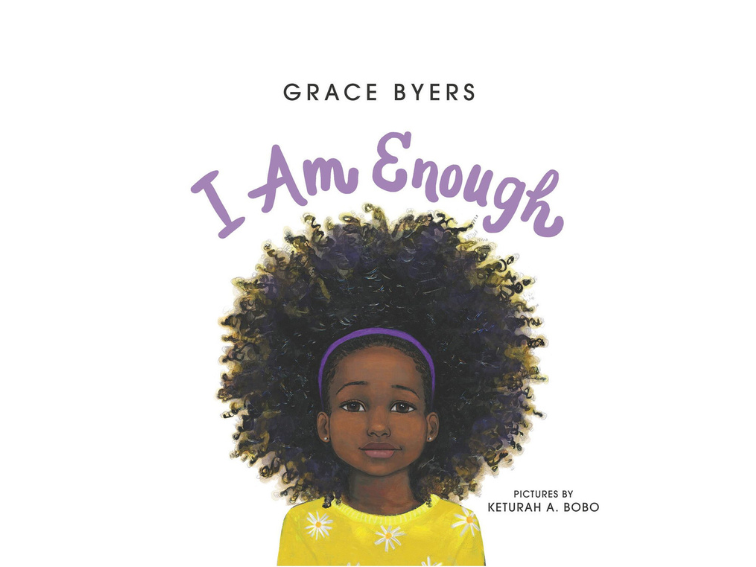
Ideally, assessments correspond to teaching that promotes creativity, analysis, judgment, expert thinking, and complex communication.
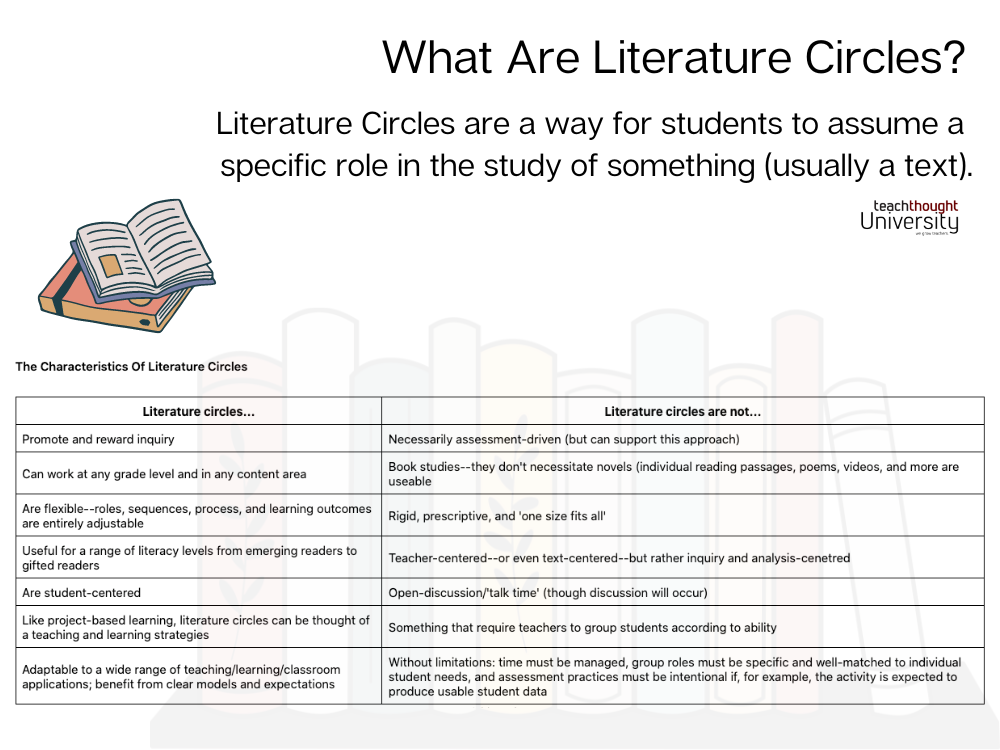
Literature Circles are a way for students to assume a specific role in the study of something (usually a text).
For me, my biggest takeaway from college was learning what I didn’t know.
By demystifying the writing process through modeling, teachers demonstrate what writing looks like in all of its unedited, imperfect glory.

Here are 12 questions to ask students on the first day of school, including: “What do you need from me to be successful this year?”
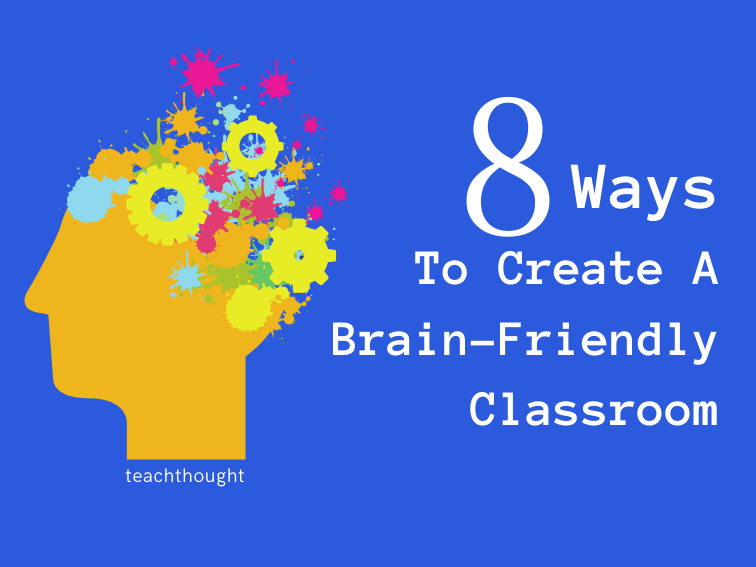
How can you create a brain-friendly classroom? By reducing stress, creating positive associations, and promoting feedback loops.
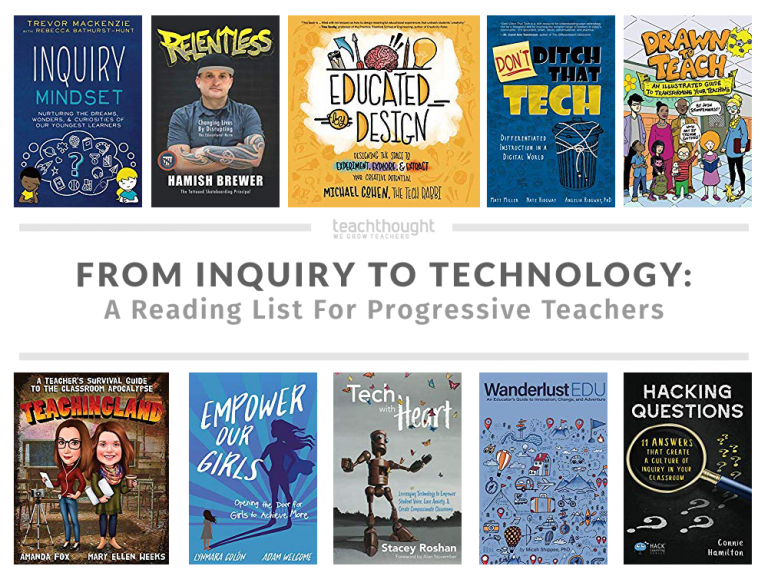
From understanding to poverty to critical thinking to assessment, here is a reading list of books for all teachers.
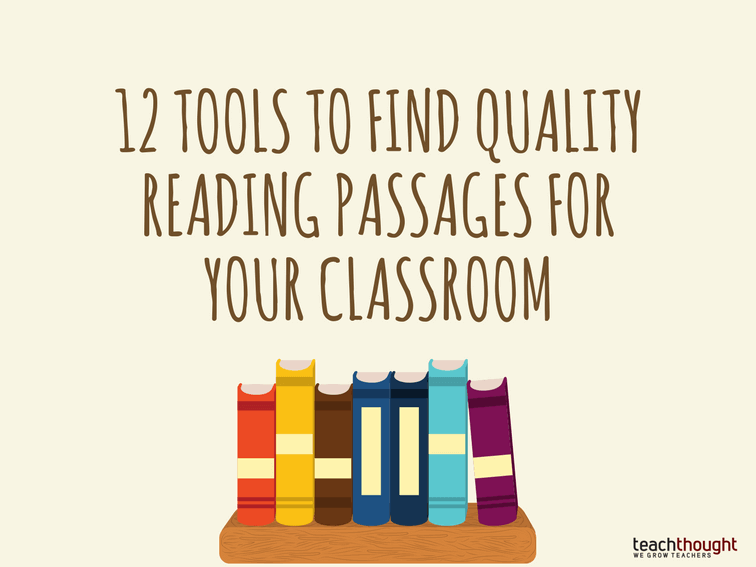
Quality sources of free reading passages are useful for any teacher regardless of grade level or content area.
From sources of motivation to self-image, the most important things students learn at school aren’t always what you expect.
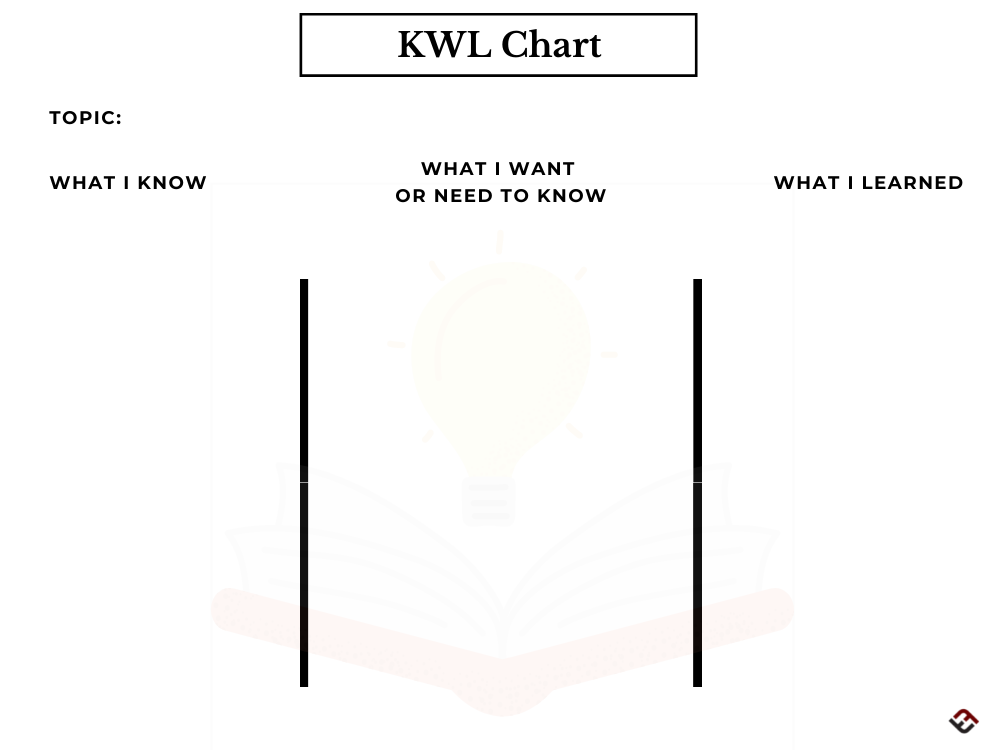
A KWL chart is a graphic organizers that students use before, during, and after learning to activate prior knowledge and reflect on learning.
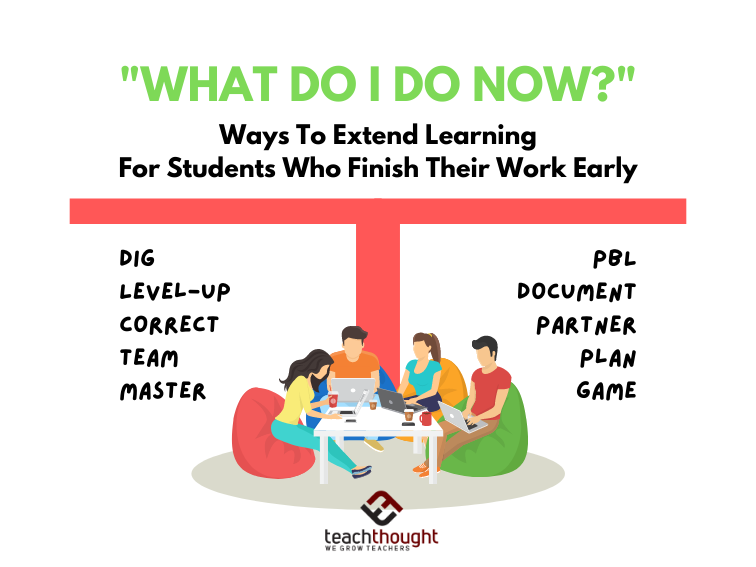
When students finish early, help them by naturally funneling them toward extending and improving the work they’ve already done.
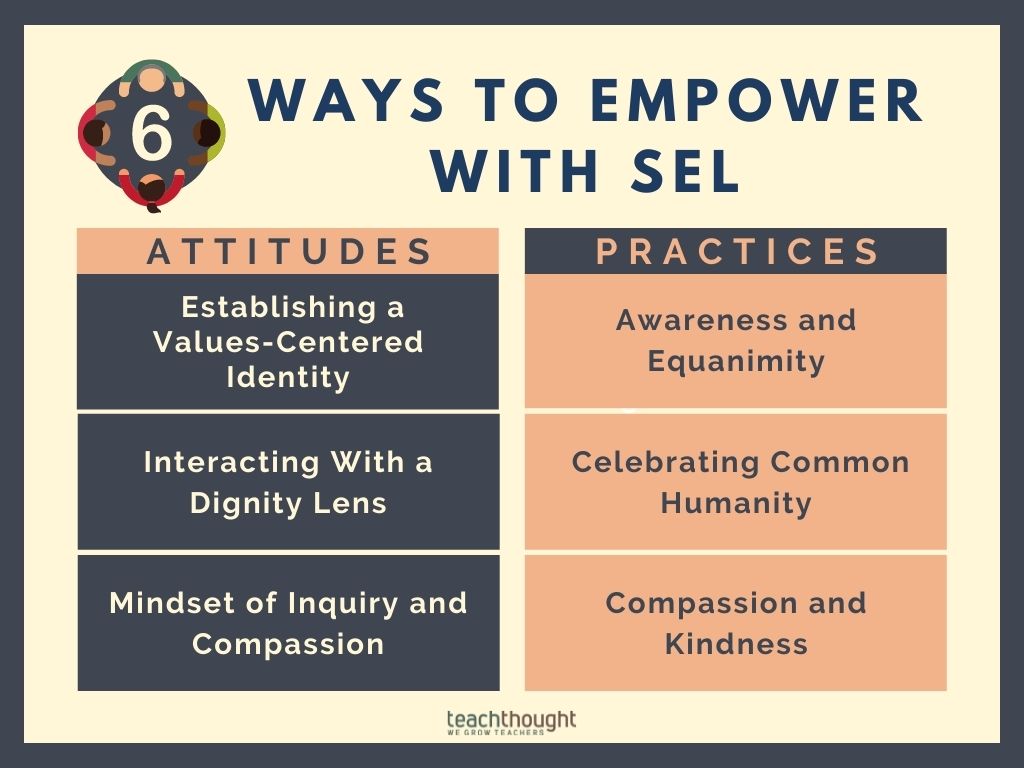
Replacing mindsets of fear and judgment with inquiry and compassion when potential is limited can have exponential effects on learning.